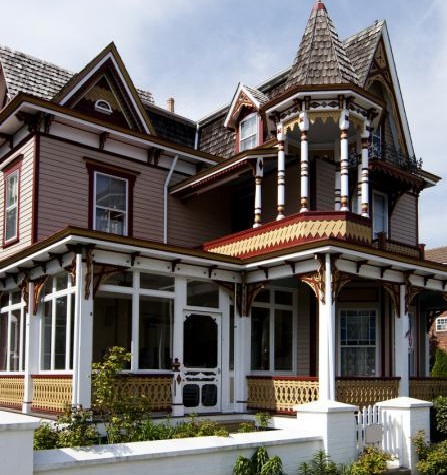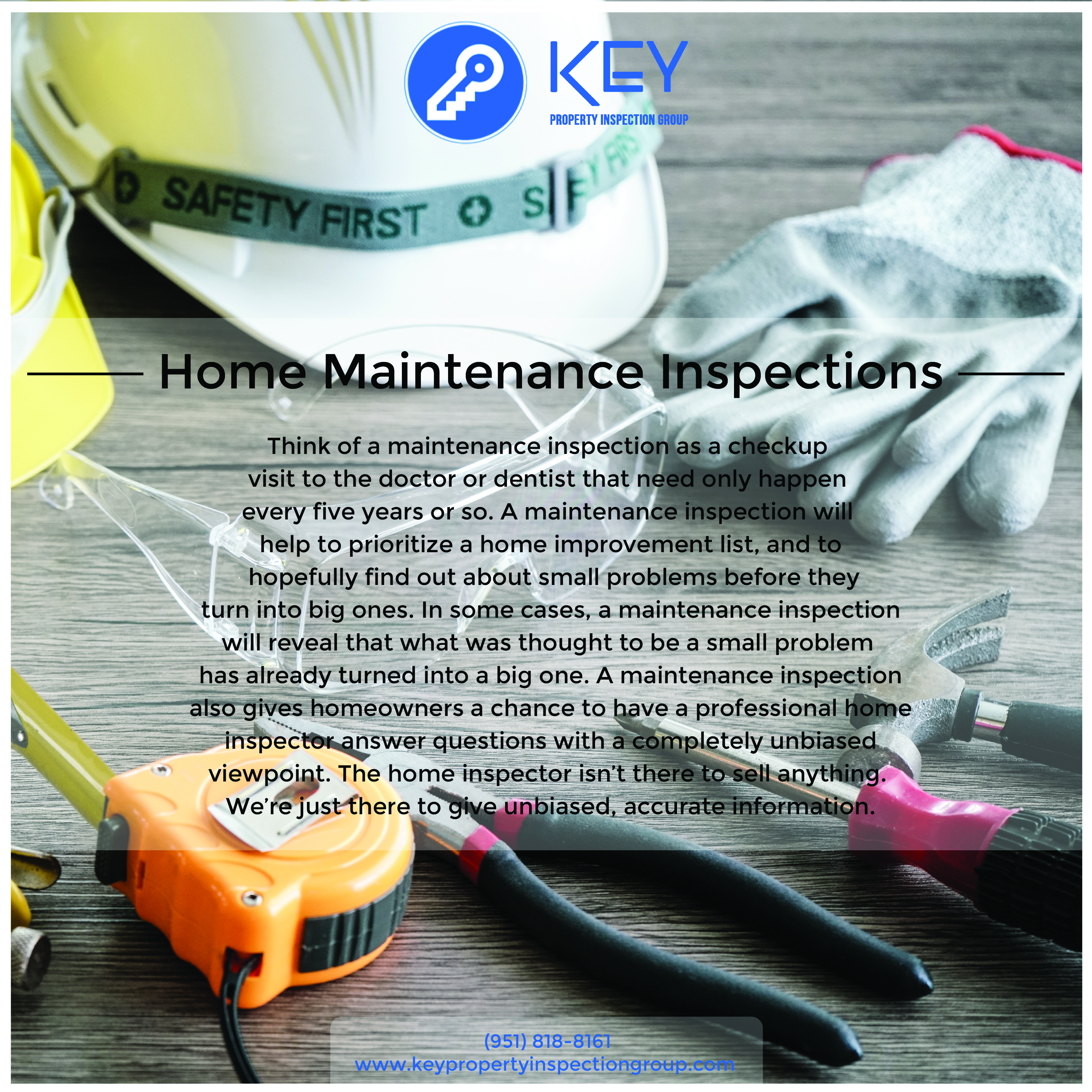Buying an old home may
allow you to live in a stylish, affordable piece of history. Unfortunately, it
can also bring with it a lot of problems that you may not be prepared for.
What seems great at
first may ultimately cost way more than you pact for.
There are some
problems to look before buying an old house you should be conscious of.

We are giving you idea of what issues to watch out before buying
an older home. Avoid getting caught up in the potential of the house before you
look carefully at these problem areas.
If you are purchasing an antique, you should be even more careful
of doing your due diligence. When buying an old house, it pays dividends to
know how to pick a home inspector who will go through the house with a fine
tooth comb.
While inspecting any home is important, it becomes even more paramount to check
for problems found in older homes.
Take a look at the tips for buying an antique
including highlights of things you may want to research further
Asbestos:
Asbestos an incredibly useful flame retardant, which is part of
why it was so commonly used in older buildings. Unfortunately, when airborne,
the barbed fibers can be inhaled and lodge in the lining of the lungs,
eventually leading to a deadly form of cancer. The EPA finally banned the use
of asbestos in building materials, but not until 1989.
Many older homes have had the asbestos removed and replaced with
something safer, but some have not. You obviously want to know if the home you
are interested in still has asbestos. If it does, you will need to consider the
costs of removal, which can be pricey.
While a good home inspector can point out what looks to be
asbestos, you cannot tell for sure unless it is tested. Much of the asbestos
found in homes was on wrapping found on pipes in the basement and used as
insulation.
There is, however, another area where asbestos can be quite
common in older homes and that is the flooring. What you may think looks like dull
linoleum could, in fact, harbor asbestos. It is typically only a problem though
if these tiles are cracked, flaking or otherwise damaged. If they remain
intact, there shouldn’t be an issue with them, for more information check home inspection services.
Lead paint:
No.1 problem you should be addressing when buying an older home.
If you have a child under the age of six living in the home, it is mandatory
that the lead is removed. In fact, it is a federal law!
When lead is consumed by people, it can cause significant health problems,
particularly in growing children. Homes built before 1978 could have lead
paint, which is why property owners are required to disclose the possible
existence of lead paint to renters or buyers. You can paint over the old paint,
but the dangerous lead paint will still be there underneath.
Lead paint is something you should take very seriously when
buying an old house. Do your research and due diligence when it comes to the
lead paint law.
Problems found with the foundation
& Sills:
The
foundation on older homes can be cracked, leaning, sunken or otherwise damaged
and in need of repair. Everything else in the house sits on the foundation,
which is why foundation issues must be addressed for safety and to keep the
home livable.
Of
course, all foundation problems are not equal. A few settlement cracks may be
normal and safe, but you need an inspector to tell you one way or the other.
Foundation repair can be expensive, something to keep in mind when you consider
the price of the home.
One of the issues that is even more prevalent in older homes is damage to the
sill plate. Over an extended period of time the sills in a home can become
susceptible to water, insects and other external elements. The entire building
rests on the sill plate which in turn sits on the foundation. With older homes
having sill plate problems is not uncommon at all.
Checking
the sills carefully is something that should be done by a qualified inspector.
The sills can be fixed if they are damaged but often it requires jacking up the
home, which can cause damage to walls such as cracking, if not done very
carefully. Sill problems are not uncommon when buying an antique.

Electrical problems:
The
electrical systems in old homes were not designed to keep up with modern usage.
Computers, mobile devices, televisions, HVAC systems, appliances, dishwashers,
washer/dryers – we use a lot of electricity, far more than people did fifty or
more years ago.
If
your lifestyle includes the use of a variety of electronics, you want to make
sure that the home you are buying will work for your needs.
One
of the more common problems to look for when it comes to an older home is knob
and tube wiring. Knob and tube wiring was prevalent from the 1890’s to 1930’s.
It became far less used right around 1950. This type of wiring consisted of
single-insulated copper conductors run within the walls or ceilings, passing
through joist and stud drill-holes via protective porcelain insulating tubes.
They
were supported on nailed-down porcelain knob insulators. Where conductors
entered a wiring device such as a lamp or switch, or were pulled into a wall,
they were protected by flexible cloth insulating sleeves called loom. The first
insulation was asphalt-saturated cotton cloth, then rubber became common.
As a home buyer what you need to understand is that knob and tube systems lack
the capacity to handle the level of power usage in today’s modern homes.
One of the big problems with knob and tube wiring is that homeowners often
abused the system by replacing blown fuses with fuses rated for higher currents.
By doing so the wiring was subject to higher levels of current that risked heat
damage or fire.
Another
problem with knob and tube wiring was the prevalence to be damaged by home
renovations. Its cloth and rubber insulation dried out and turned brittle
fairly easily. Additionally, it could also be damaged by rodents chewing on the
wiring.
The
biggest problem, however, with knob and tube wiring is the ability to get
homeowners insurance. A large percentage of insurance companies will not write
insurance on homes with knob and tube. Many companies will insist the knob and
tube wiring is replaced or that an electrician certifies that the wiring is in
good condition.
Additionally
there are many lenders who will not give a mortgage to a borrower who is purchasing
a home with knob and tube wiring. If you are looking at purchasing an antique
where knob and tube wiring exists, it makes sense to speak with your lender and
insurance company up front. To fix such Problems contact Property Inspection.
Ungrounded outlets:
Look
around the home at the electrical outlets. Do they have three holes, or only
two? If they only have two, you are not going to be able to use any devices
that require grounding in the outlet – like your computer or your nice new flat
screen television. While cheap adapters exist, they are not safe for long-term
use, which means you will need to have an electrician fix the problem
eventually.
Dealing
with ungrounded outlets is not the end of the world and certainly not a reason
to avoid purchasing a home.
Roofing issues:
Like everything else on the home, the roof may have seen better
days. You may look up and see missing shingles and moss, or patches of new
shingles placed over the old. Or, you may see what looks like a roof in good
repair, but the inspector may discover issues that are not visible to you from
the ground.
There are definite signs that you need a new roof. Take a look
and see how to tell if you need a new roof.
Keep in mind, previous owners may have chosen to save money by
adding new shingles over the old across the entire roof, which will look
uniform, but is not the right way to replace the roof. Done more than once, it
can cause damage to the home.
Issues with water:
If
you are buying an older home the odds are increased that you could be
purchasing property with an old style water source. Many years ago people had
hand dug wells as their sole water source. Having a hand dug well can cause
some fairly significant issues. Today’s modern homes are equipped with artesian
wells that are drilled.
The
problem with shallow dug wells is that there is increased risk of contaminants.
Your drinking source is something you don’t want to take chances with. Many
home buyers skip the well test, which can be a critical mistake.
Energy efficiency:
Older
homes were not built with energy efficiency in mind. Many do not have any
insulation, or the insulation that they do have is old and ineffective.
The windows are often single-pane. To get the most out of any
heating or air conditioning, you are going to need to update both the
insulation and the windows in an older home.
If you are going to be purchasing an antique, I would highly
recommend becoming familiar with the best energy upgrades for an old house. One
of the first things you should do is get a home energy audit. These evaluations
are relatively inexpensive and often times free. A professional doing an energy
audit on an older home can save you quite a bit of money!
Final Thoughts:
Buying a
piece of history can be an exciting proposition, however, it is paramount to
know exactly what you’re buying when it’s an antique. Older homes tend to have
more significant problems than younger properties. As long as you do your due
diligence, I am sure you’ll have a property to be excited about for many years









